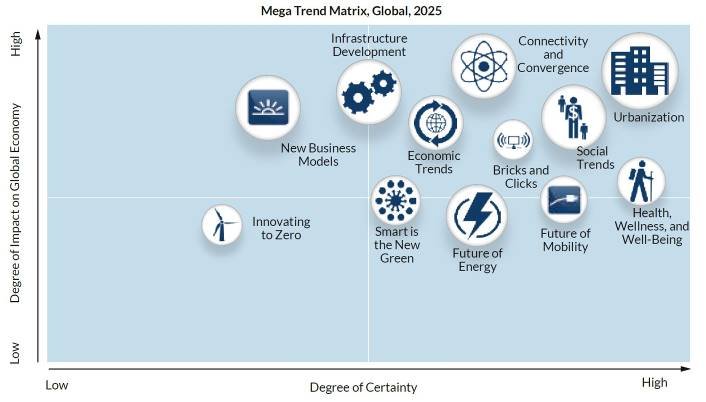
Global Economy: Trends and Challenges in 2025
The Global Economy and Its Current Outlook
The global economy in 2025 is marked by both recovery and uncertainty. While many nations continue to rebound from previous downturns, inflationary pressures and shifting trade policies remain strong influences. Economists highlight that growth is uneven across regions, with advanced economies stabilizing while developing nations still face structural challenges and complex financial risks.
Inflation and Its Impact on the Economy
Inflation continues to play a central role in shaping the economy. Rising energy costs, supply chain disruptions, and wage pressures contribute to price increases worldwide. Central banks have responded with tighter monetary policies, including higher interest rates. While these steps aim to curb inflation, they also risk slowing investment, consumer spending, and global investor confidence.
The Role of Trade in the Global Economy
Trade remains a key driver of economic growth. Global supply chains are adapting to new realities, with many countries diversifying trade partners to reduce dependency. At the same time, geopolitical tensions and protectionist policies create hurdles for free trade. Economists emphasize that balanced trade agreements are crucial for long-term stability in the global economy.
Technology and Innovation Driving Economic Growth
Technology is reshaping the economy at every level. From artificial intelligence to renewable energy, innovation fuels productivity and creates new industries. Countries investing heavily in digital infrastructure are positioned to lead future growth. However, the digital divide between developed and emerging markets highlights inequality that policymakers must urgently address.
Challenges and Opportunities for the Future Economy
The economy faces significant challenges, including climate change, rising debt levels, and global inequality. Yet, opportunities also emerge in sustainable finance, green energy, and digital transformation. Economists argue that nations willing to embrace reform and innovation will find paths toward more resilient growth.
Conclusion
The global economy in 2025 reflects a mix of risks and opportunities. Inflation, trade shifts, and technological disruption define today’s financial landscape. While challenges remain, the focus on sustainability, innovation, and cooperation provides hope for stronger economic resilience in the years ahead.
Baca Juga : Eala’s Grand Slam Breakthrough & Joe Tsai Launches College